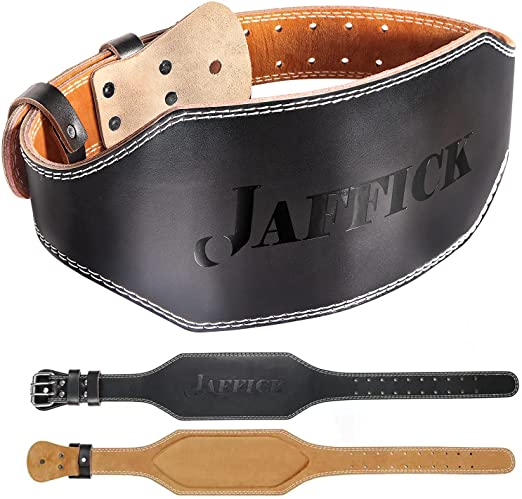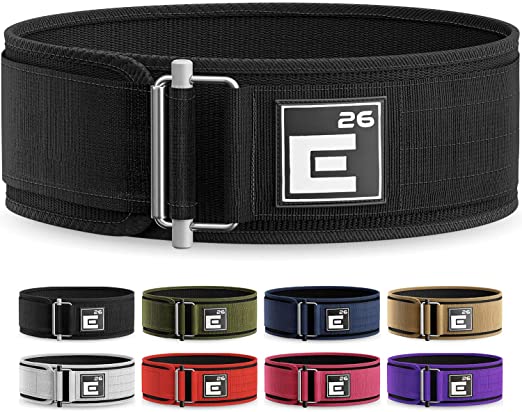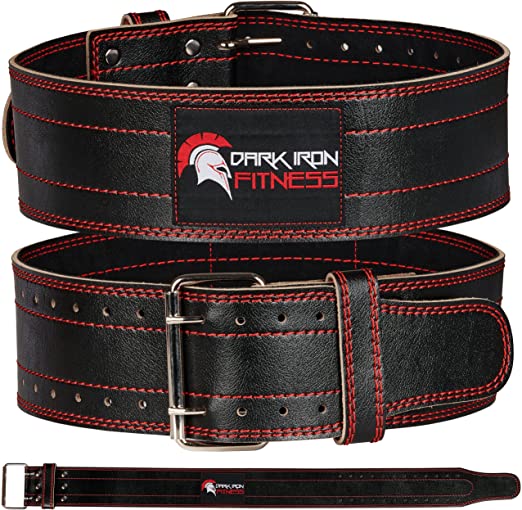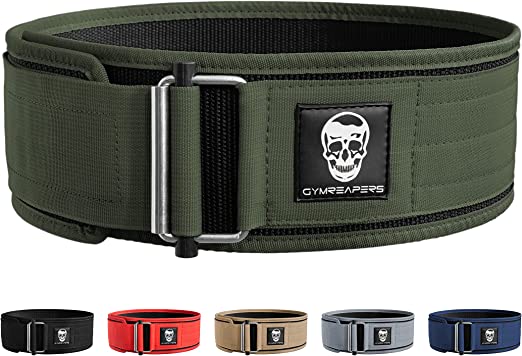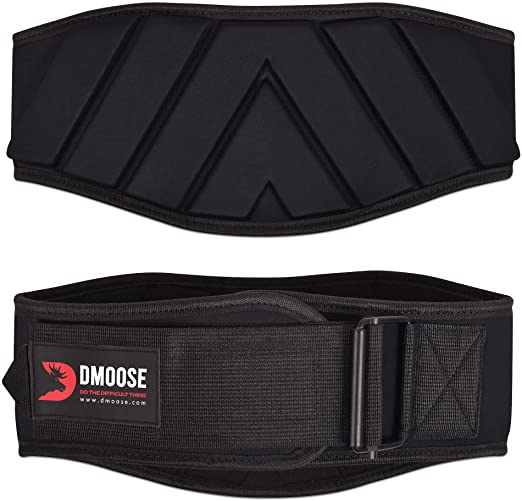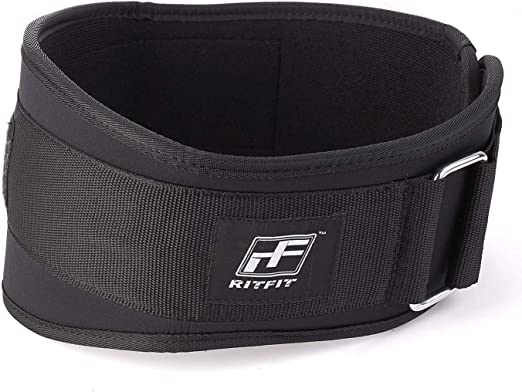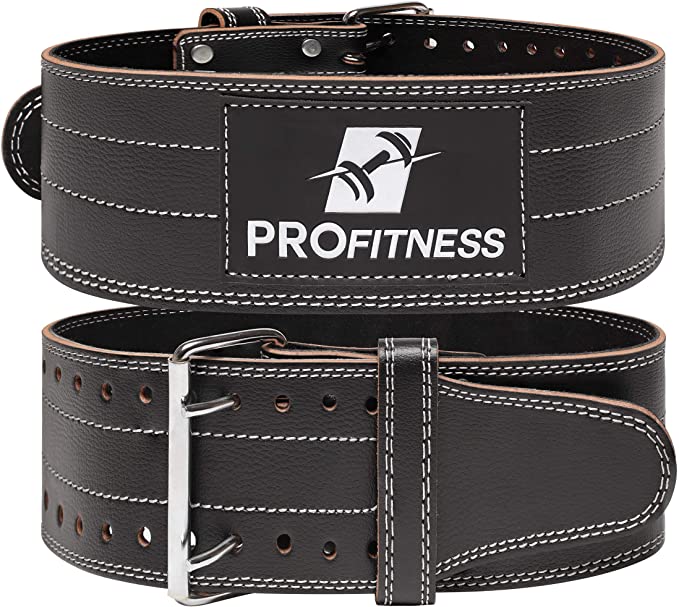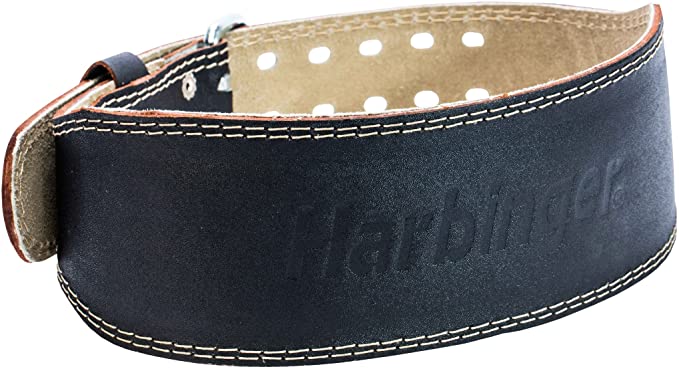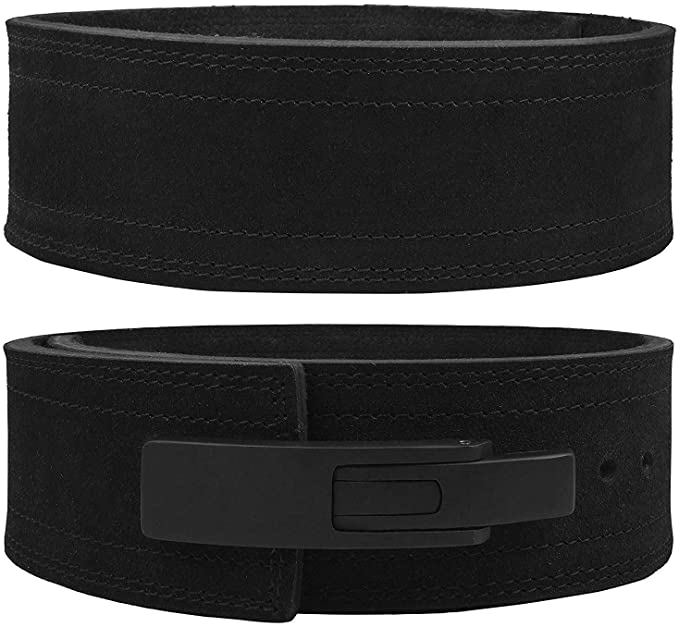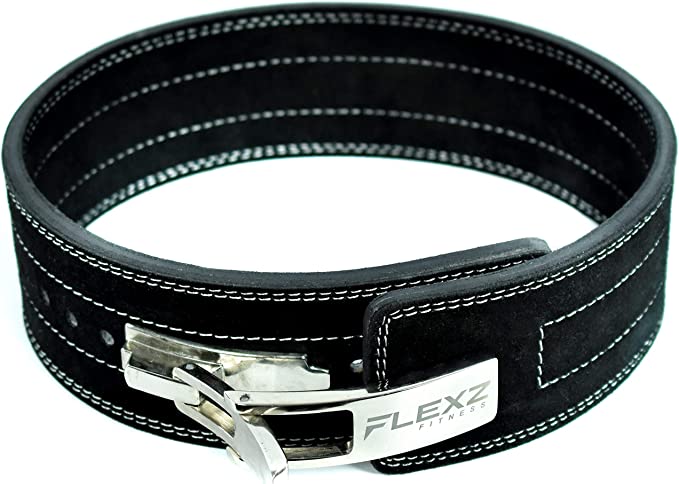Jaffick Heavy-Duty Leather Lifting Belt
Last updated: June 26, 2022
We looked at the top Lifting Belts and dug through the reviews from some of the most popular review sites. Through this analysis, we've determined the best Lifting Belt you should buy.
Product Details
In our analysis of 33 expert reviews, the Jaffick Heavy-Duty Leather Lifting Belt placed 10th when we looked at the top 10 products in the category. For the full ranking, see below.From The Manufacturer
The widened structure design can break your personal record more easily during training. For daily training, this is the perfect belt. Durable, made of high-quality leather and top stainless steel hardware. The leather weight lifting belt will not break, tear or wear and tear like poor quality belts.
Expert Reviews
What reviewers liked
Leather protective layer under the metal buckle, so it eliminates any pain while lifting.
View our Lifting Belt buying guide for in-depth advice and recommendations.
